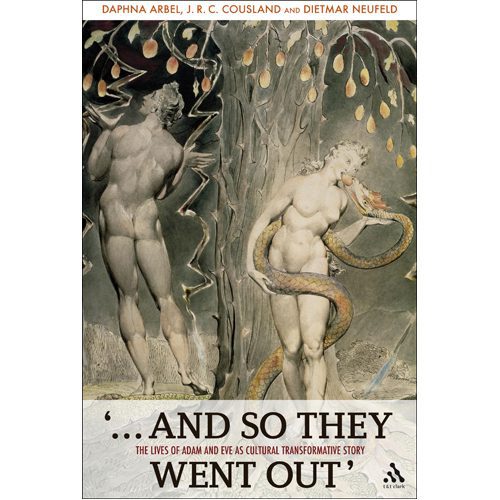
…And So They Went Out’: The Lives of Adam and Eve as Cultural Transformative Story – Hardback
Backorder Item Notice
Please note the expected date shown above is a guideline only. Backorder items will typically arrive within the next 2 months, however, in some instances they may take longer. Any orders that contain a Backorder Item will not be dispatched until all items in the order are available. Please keep this in mind before you place any orders that contain both in-stock and Backorder items. Please place a separate order to receive in-stock item(s) sooner!
For more information please see our Backorder FAQs.
Synopsis
The phrase "and so they went out" is often used to describe the departure of Adam and Eve from the Garden of Eden. Yet it also aptly describes the many versions of the stories of Adam and Eve as they began to circulate about the turn of the Common Era: they too "went out", and the appearance of these stories in multiple versions and languages attests both to their widespread popularity and to their ongoing appeal in the ancient world. Nor is their appeal confined to antiquity-these stories continue to fascinate, and the various versions of the apocryphal "Books of Adam and Eve" have begun to command considerable attention in the academic world.
Thus far, the scholarly community has concentrated principally on the complex tradition-history of these texts, their date, provenance and language. But the process of the reshaping and transformation of the stories within the "Books of Adam and Eve" has not yet been thoroughly studied. This book sets out to redress this imbalance by focusing primarily upon conceptual, literary, and thematic issues. By making use contemporary critical methods such as literary-critical analysis, ritual theory, and social-scientific taxonomy, the book explores how these stories represent a profound transformation and reshaping of ancient attitudes to gender, body, sexuality, sin, social hierarchies, and human aspirations.
